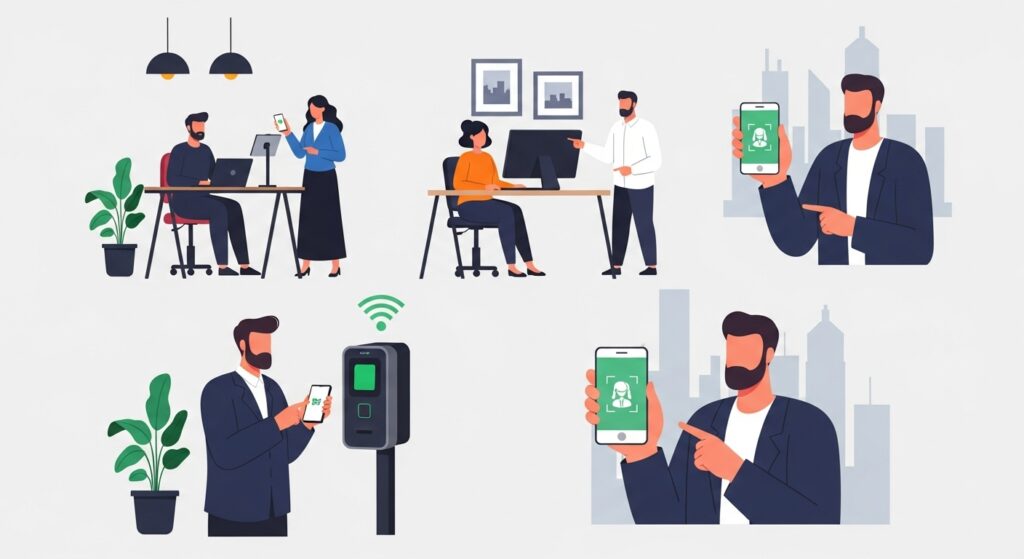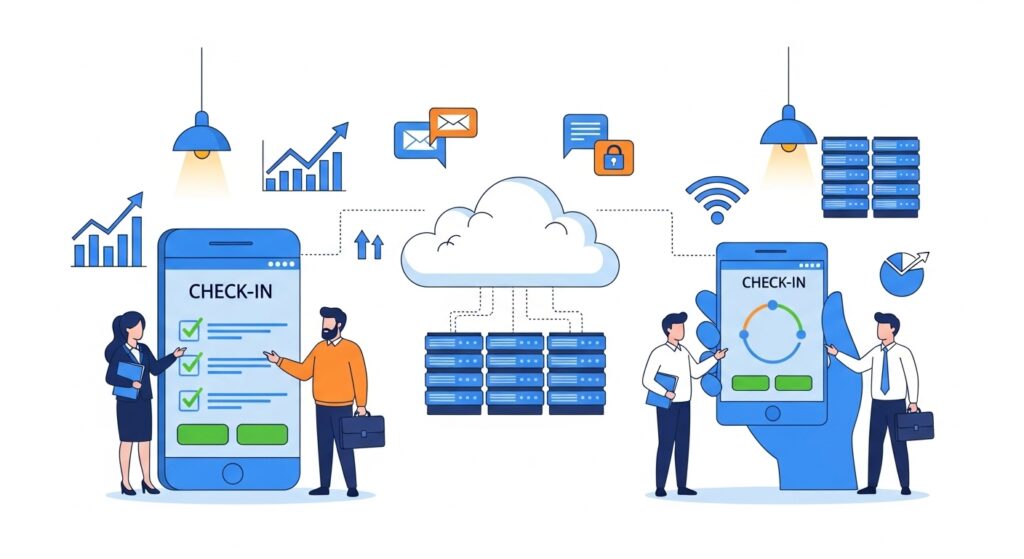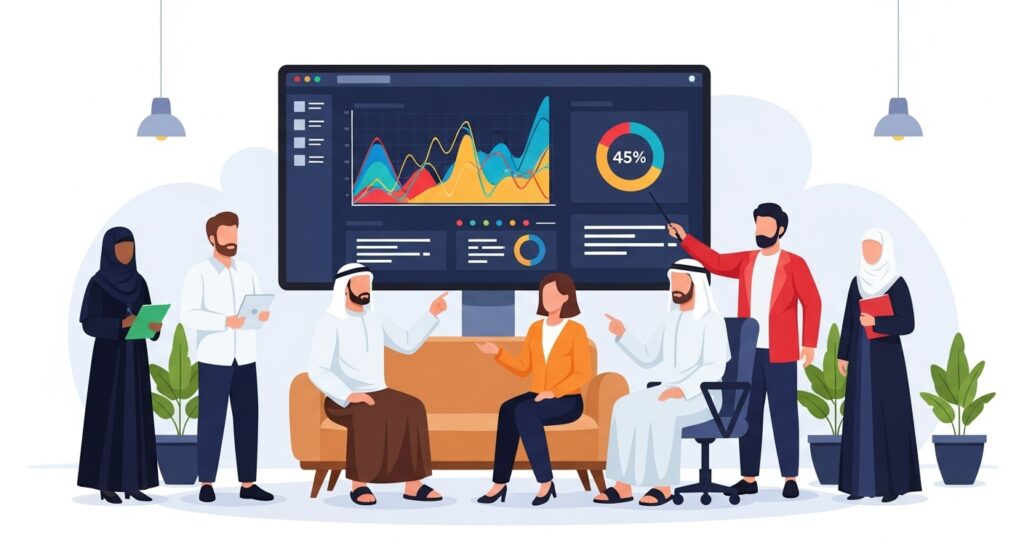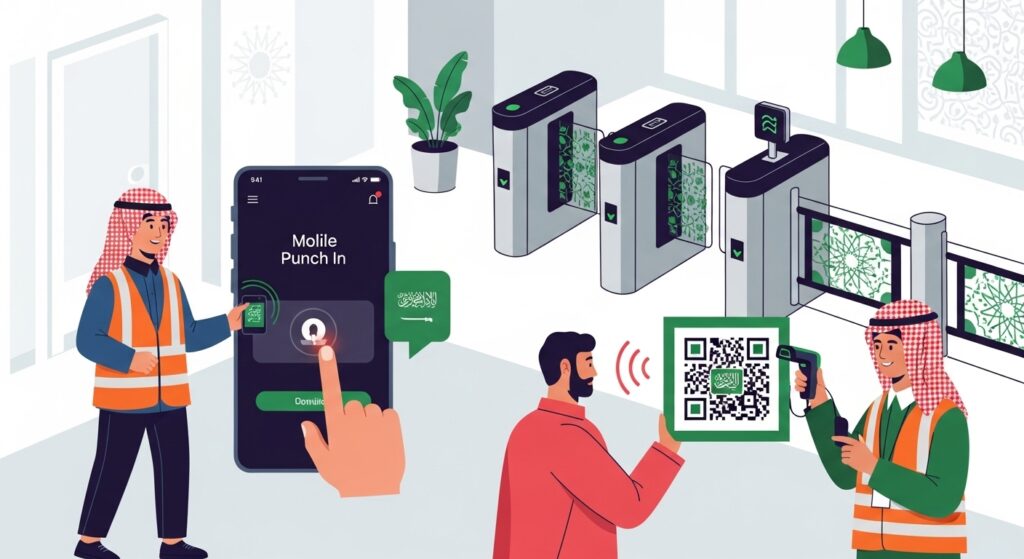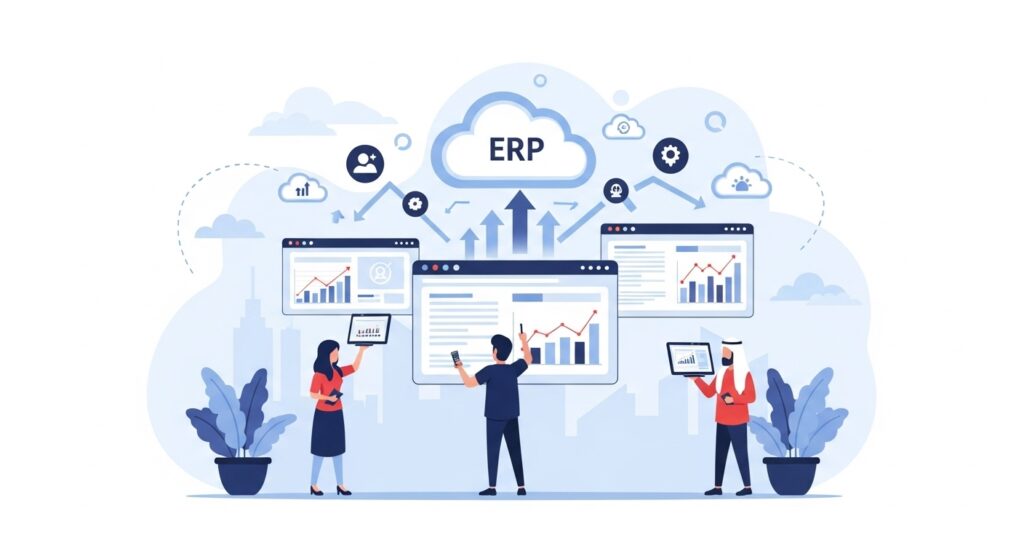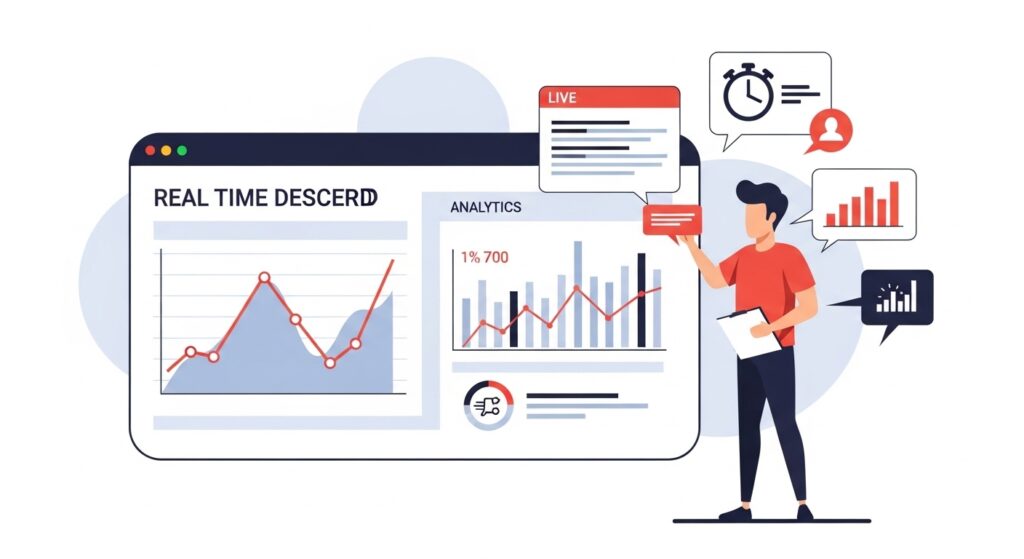
How to Improve Employee Punctuality and Productivity with a Modern Time Attendance System
In any fast-paced business, time is the one resource you can never get back. Yet, it’s the one most easily lost. A few employees arriving late, extended breaks, “buddy punching,” and the slow, agonizing process of manual payroll—these small “time thefts” add up to a significant drain on your resources. In the competitive landscape of Saudi Arabia, you can no longer afford this inefficiency. Many managers believe that tracking time is just about “catching” late employees. But this is a dated perspective. A modern Time Attendance System is not a tool of punishment; it’s a strategic asset for building a culture of accountability, ensuring fairness, and—most importantly—unlocking hidden layers of productivity across your entire organization. This guide explores how upgrading from an old-fashioned sign-in sheet or a basic fingerprint reader to an integrated, modern system can transform your business, all while ensuring full compliance with Saudi Labor Law. The Old Way: Why Your Manual System is Costing You Money Let’s be honest: is your current attendance “system” truly a system? For many businesses, it’s a patchwork of inefficient tools: This “old way” is not just inefficient; it’s a direct drain on profitability. It wastes your HR team’s valuable time on low-value data entry, creates payroll errors that damage employee morale, and gives you zero real-time insight into your actual workforce. What is a “Modern Time Attendance System”? A modern Time Attendance System, especially in the context of Saudi Arabia, is a software-centric solution that is integrated, automated, and intelligent. It’s often cloud-based and acts as the central hub for all employee time data. Its key components include: Part 1: How a Modern System Directly Improves Punctuality Punctuality is the foundation of a disciplined and effective workforce. A modern system builds this foundation not through fear, but through transparency and fairness. 1. It Creates 100% Transparency and Accountability When employees know their arrival is logged accurately to the second—without dispute—behavior naturally changes. The ambiguity of a paper log (“I arrived at 9:02, not 9:10”) is gone. This digital record becomes the single source of truth, eliminating arguments and fostering a culture where time is respected. 2. It Eliminates “Buddy Punching” This is the most immediate impact. Advanced biometric scanners (fingerprint or facial recognition) ensure that the person clocking in is the person who is actually there. This single change instantly cleans up your attendance data and ensures that those who are late are recorded as such. 3. It Provides Instant, Automated Alerts A modern system can be configured to automatically send a notification (via email or mobile app) to both the employee and their direct manager when a “late arrival” or “early departure” is flagged. This creates an immediate, consistent feedback loop. The manager doesn’t have to wait until the end of the month; they can address the issue the same day. 4. It Promotes Fairness and Boosts Morale Nothing kills morale faster than high-performing, punctual employees seeing their colleagues consistently arrive late with no consequences. A transparent system ensures that everyone is held to the same, fair standard. It protects your best employees from feeling taken advantage of and signals that professionalism is valued. Part 2: The Link: How Punctuality and Data Unlock True Productivity Fixing lateness is just the beginning. The real power of a modern time attendance system is what it does with the data it collects. 1. It Gives Managers Data-Driven Insights Productivity is about solving the root cause of problems, not just the symptoms. A modern system provides analytics that help managers stop being “police” and start being “coaches.” 2. It Supercharges Your HR and Payroll (The Biggest Productivity Gain) The biggest productivity leak is often in your HR department. A modern, integrated system reclaims days of lost time every single month. Task The “Old Way” (Manual / Basic System) The “Modern Integrated Way” (Daysum’s Solution) Data Collection HR spends 2-3 days manually downloading logs, re-typing data, and chasing managers for timesheets. Automated. Data flows from the clock-in device directly into the HRMS in real-time. (Time Saved: 2-3 days) Overtime Calculation Manually calculated on a spreadsheet. High risk of errors and non-compliance with Saudi Labor Law. Automated. The system instantly calculates all overtime (150% base salary) and leave based on pre-set, compliant rules. (Time Saved: 1-2 days) Payroll Generation Manually keying in all attendance and overtime data into the payroll system. High risk of typos. Integrated. The approved timesheet data is already in the system. HR just clicks “Generate Payslips.” (Time Saved: 1-2 days) By automating this entire process, you free your HR team from 5-7 days of mind-numbing, error-prone admin. They can now focus on high-value, productive tasks: recruiting top talent, developing training programs, and improving company culture. 3. It Optimizes Real-Time Operations For retail, manufacturing, or healthcare, a manager’s dashboard showing who is on-site right now is a powerful productivity tool. If a shift starts and three people haven’t clocked in, the manager knows immediately and can re-allocate resources from another department to cover the gap, ensuring production lines keep moving and customers are served. The Critical Link: Compliance with Saudi Labor Law You cannot manage time and attendance in the Kingdom without a deep understanding of Saudi Labor Law. A generic, off-the-shelf system will fail you. A proper Time Attendance System in Saudi Arabia must be pre-configured to handle: Daysum: Your Fully Integrated Odoo HRMS & Attendance Solution This is where Daysum provides unmatched value. We don’t offer a standalone attendance tool that you have to patch into your other software. We provide a fully integrated HRMS solution built on Odoo, where Time & Attendance is a core, native module. The Daysum Advantage: Frequently Asked Questions (FAQs) Q1: My employees will feel like “Big Brother” is watching them. How do I handle this? This is a valid concern. The key is communication. Frame the new system not as a tool for punishment, but as a tool for fairness and accuracy. Emphasize the benefits to them: Q2: What’s the difference between a biometric



